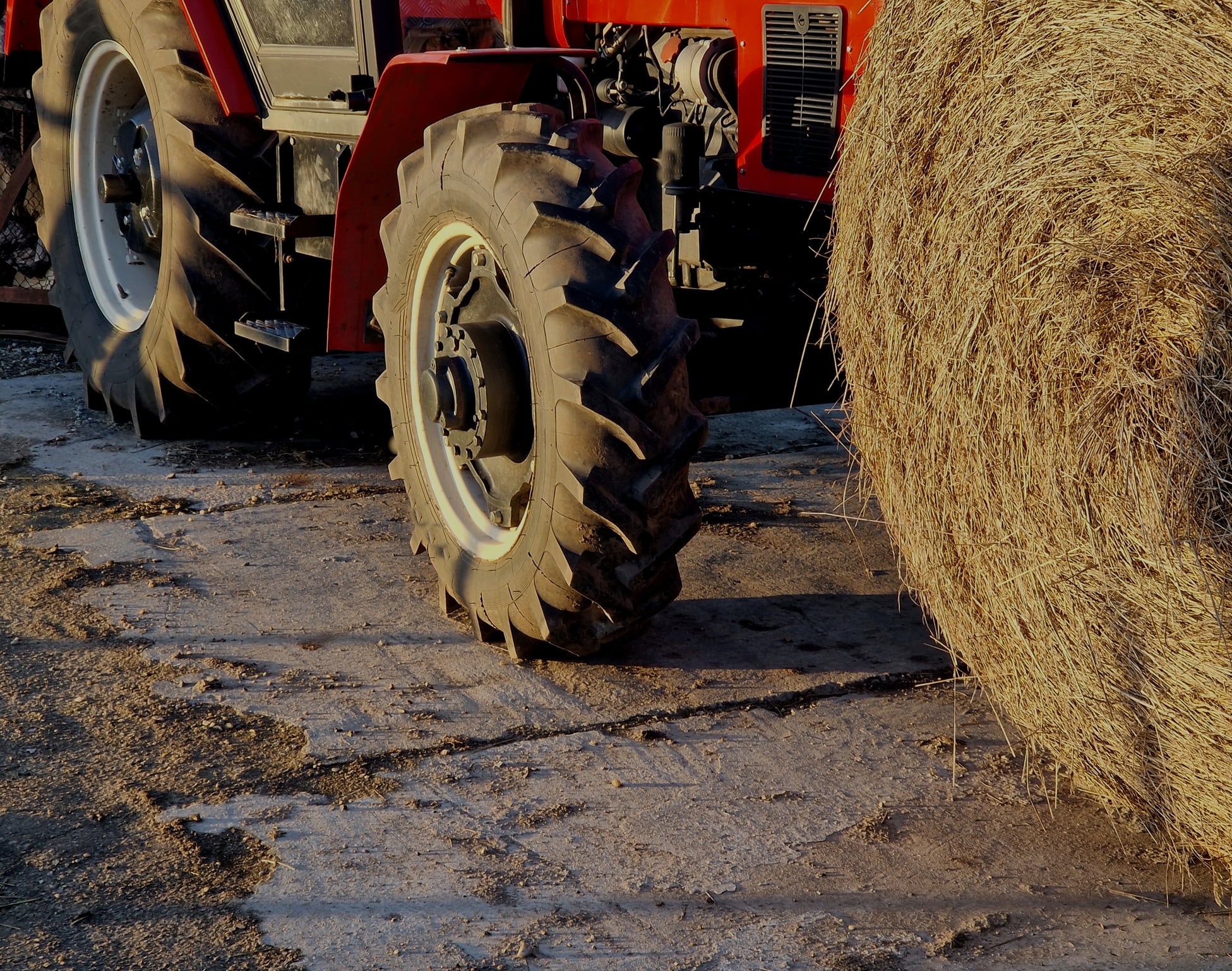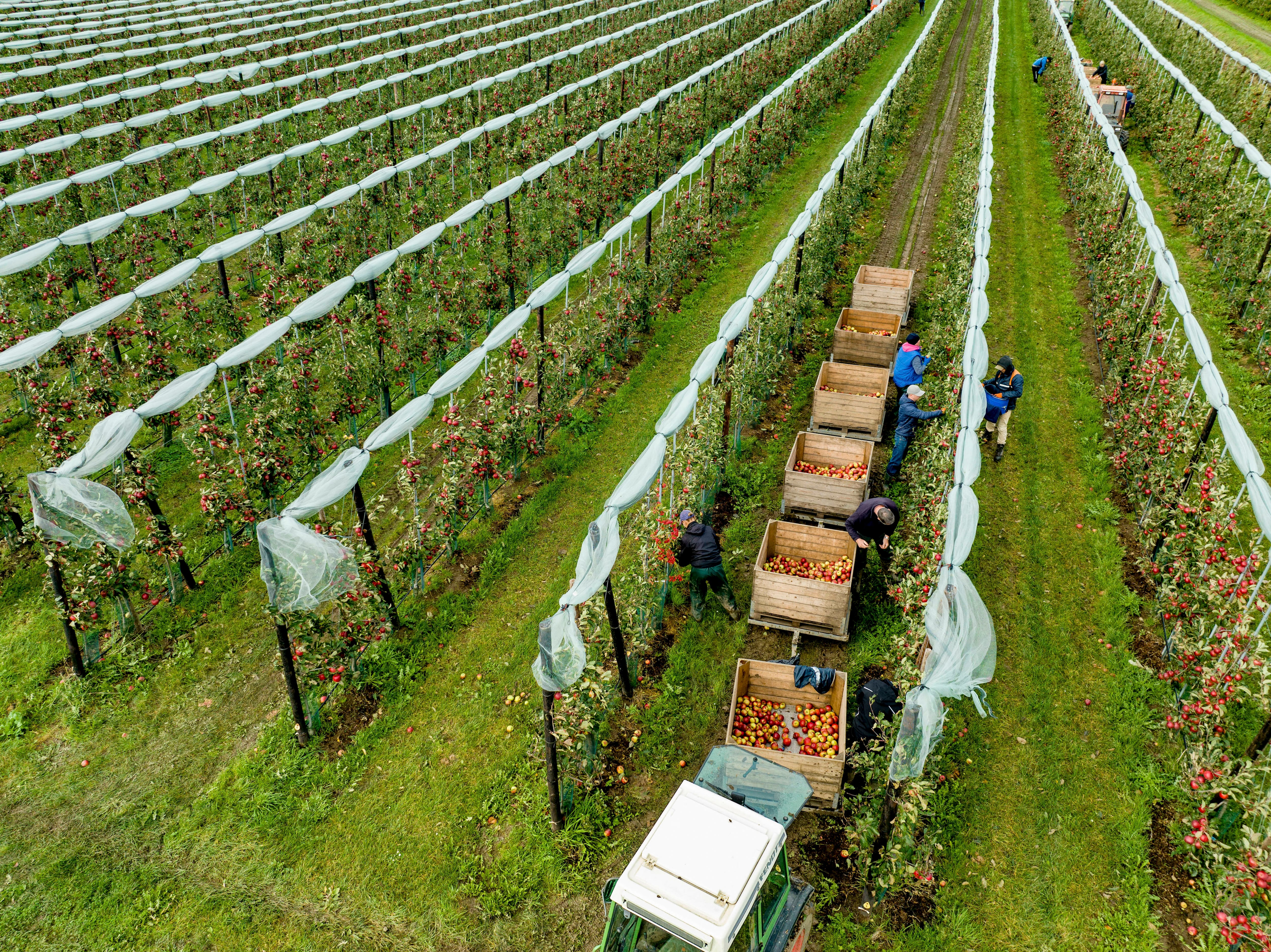The landscape of 2025 presents unique challenges and opportunities for farm retailers. While demand for local, traceable food grows, we face pressures demanding adaptability, innovation, and a strong collective voice.
The big Budget blow
Much has been written about the Budget of October 2024, and it would be remiss not to mention it here. A particularly devastating blow to family-run farms and farm retail businesses is the change to Inheritance Tax relief. This policy shift will force many family-run farms and farm retail businesses to sell land and assets every generation to pay tax bills, leading to a significant loss of agricultural heritage and declining domestic food production. This shortsighted policy undermines rural communities and jeopardises the long-term viability of family farms, and I urge the government to reconsider its impact.
Beyond IHT, the Budget’s cumulative short term effects are significant. Minimum Wage Increases, while supported in theory, pressure farm retail businesses with tight margins, particularly for younger workers. Reduced Business Rates Relief further increases costs, hindering growth for farm shops. The rise in Employer’s National Insurance contributions erodes profitability, potentially leading to job losses and reduced investment. These combined pressures create a perfect storm for small businesses.
Necessity is the mother of invention
To be positive for a moment, and contradictory – the pressure on farming in the past has resulted in more diversification. Selling direct to the public via farm shops, farmers markets or vending machines give farmers a way to control their price in a world where food prices have been eroded since the advent of supermarkets in the 1950s. Perhaps these additional pressures will result in more farm shops and more consumers accessing direct farm to table food.
Beyond the Budget, consumer spending pressure is a major issue. The cost-of-living crisis impacts discretionary spending, and while consumers value the farm shop experience, they are increasingly price-conscious. We must demonstrate value, not just through quality, but through inventive pricing, loyalty programmes, and highlighting the benefits of supporting local agriculture – reduced food miles and enhanced community resilience. We need a smarter product mix, offering varied price points, smaller packs and ready meals.
Linked to affordability is supply chain resilience. Recent global events exposed food system fragility. For farm retailers, this means diversifying sourcing, building stronger relationships with local producers and strengthening our own production as the most robust supply chain. We must prepare for further disruptions, whether from geopolitical instability, extreme weather, or future pandemics. Robust contingency plans and collaborative networks are crucial.
Sustainability is also critical. Consumers expect businesses to take responsibility for their food’s environmental impact. This goes beyond stocking local produce. We need sustainable practices throughout our operations, from reducing packaging and waste to minimising our carbon footprint. This requires investment into renewable energy, efficient refrigeration and sustainable transportation. Transparency about our sustainability efforts is key; consumers can spot greenwashing. Authenticity and demonstrable action are essential – we must embrace a circular economy, composting food waste, recycling, and reducing reliance on single-use plastics.
The skills gap threatens farm retail’s future. Attracting and retaining skilled staff is difficult, particularly in rural areas. We need training and development programs to equip teams with necessary skills, including traditional butchery and baking, but also digital marketing, e-commerce, and customer service. We need a positive work environment, competitive wages, and career progression. We must champion farm retail as a rewarding career path.
The digital revolution is transforming business. Consumers expect a seamless online experience. Farm retailers need robust e-commerce platforms, engaging social media strategies, and innovative ways to connect with customers online. This includes click-and-collect, online recipes, and using data analytics. We must embrace new technologies like AI and automation. Those who fail to adapt risk being left behind.
To navigate these challenging times, creativity and out-of-the-box thinking are essential. Farm retailers must collaborate with their teams to develop savvy, new ideas. Consider expanding your current offerings, tweaking existing products or services, or repurposing underutilized space to create new customer experiences without significant capital expenditure. Explore extending operating hours into the evening to maximize the use of hospitality spaces. By asking these questions, cost-saving ideas and new revenue streams will emerge.
Finally, collaboration is key to the success of farm retail in 2025 and beyond. We need to work together as an industry to share best practices, advocate for our interests, and promote the unique value of farm shops. By working together, we can overcome the challenges we face and build a thriving future for farm retail, ensuring that local, sustainable food remains at the heart of our communities.
We must engage with policymakers to ensure that our sector’s voice is heard and that regulations are supportive, not restrictive. We need to demonstrate the economic and social benefits of farm retail, highlighting our contribution to rural economies and our role in connecting consumers with the source of their food.
Fasten your seatbelts, it’s going to be a bumpy night
The road ahead is not without its bumps, but I am confident that the farm retail sector is well-positioned to thrive in 2025 and beyond. By embracing innovation, prioritising sustainability, investing in our people, and working together, we can navigate the challenges and seize the opportunities that lie ahead, ensuring that farm shops and farmers markets continue to be vibrant hubs of our communities for generations to come.
The fork in the road is before us, and I believe we are ready to choose the path that leads to a prosperous and sustainable future.




